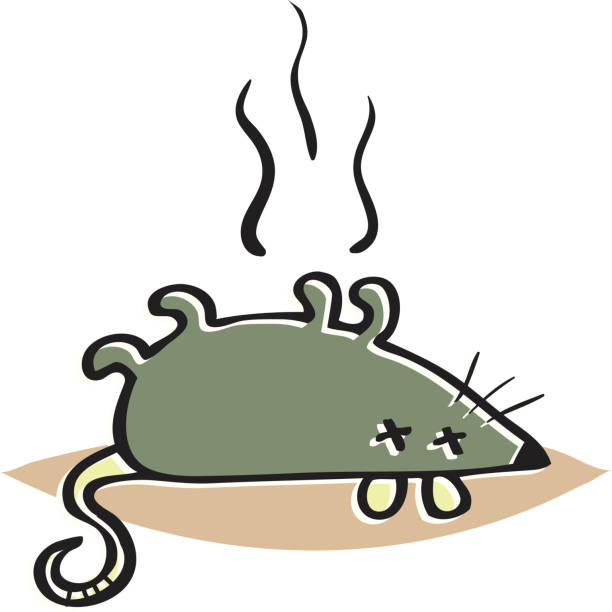My group’s action project had a lot less to do with political policy and action than other groups. Instead of supporting real campaigns with campaign goals, we were tasked to make a video for the Ernest Becker Foundation introducing Ernest Becker’s work, death anxiety, and what the Ernest Becker Foundation did.
Initially, I found the project to be frustrating because of how limiting it was; as we mentioned in class, we were discouraged from pursuing a more critical lens regarding death anxiety, but we managed to get some in there regardless by having our experts touch on the biases in the research. I also wanted to be able to draw more concretely on what we had learned in class, but incorporating complex ideas would require complex explanations, and there just isn’t time for that in a video that’s meant to be consumable by the public. So instead, our video acted as a sort of survey introduction to the topic of death and death anxiety which did, in fact, raise some issues and/or goals for research on death anxiety in the future.
The aim of our video, in essence, was to get people thinking about the ways they thought about death and how that might be related to other cultural outcomes. The questions we asked our student-interviewees reflected this in particular (How often do you think about death? What do you feel when you think about death? How do people’s feelings about death impact our culture and broader society?). We were really surprised with how reflective students seemed to be in response to this question, and it gave us a bit more hope for the future.
The student interviewees’ responses, though, are symbolic of some of the goals that a video like this has. While there is no guarantee that this video will reach more than a handful of people, our video might encourage them to reflect on their own experiences with death and death anxiety to recognize the detriment it causes in their own life. Hopefully, as a result, they would engage in more compassionate behavior and reject cultural frameworks that perpetuate harm, slowly building towards a more equitable, just, and safe future.


